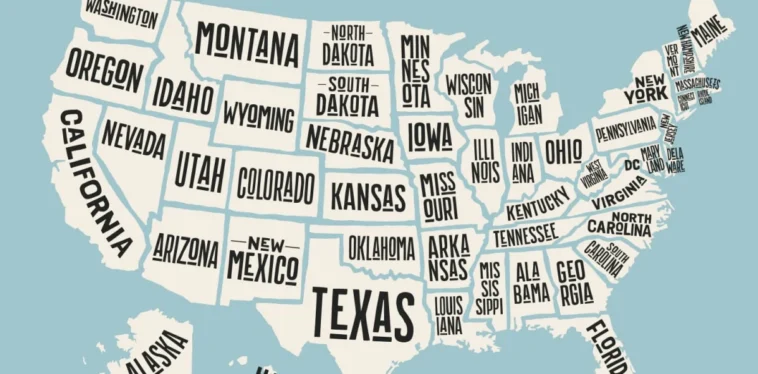In Arizona, workers comp serves two purposes. It helps employers avoid the cost of employees’ medical expenses, rehabilitation expenses, and lost income after a work-related injury or illness. It also pays for employees’ medical care after a work-related injury, provides temporary and permanent disability benefits for employees who lose wages because of their injuries and do not recover from their injuries, respectively, supplements lost income, and provides death benefits.
As an employer, you not only need to understand the importance of workers comp for yourself and your employees, but you also need to understand the components that influence the price of workers comp. To help you better understand these components, we have pieced together this article to shed light on factors influencing costs for workers comp in Arizona.
Industry Classification Codes
In Arizona, insurance providers use standard industrial classification (SIC) codes to determine how risky your business is to insure and set your insurance premium. All industries are not created equal: each has its own level of risk associated with on-the-job injuries. For example, manufacturing industries have a higher level of risk than office-based businesses.
As an employer, you need to classify your business correctly based on the nature of your operations. This is because proper classification allows for accurate cost assessment and full coverage.
Employer’s Claims History

Your claims history plays a significant role in determining Arizona insurance costs for workman’s compensation. If your business has made a few high-value claims or many claims in the past, insurance providers view it as high risk and set a higher premium rate.
Contrarily, if your business has a clean claims history, insurers view it as low risk and set a lower premium rate. You can help lower your premium rate by implementing safety protocols, upholding safe work practices, and removing hazards that can potentially cause injuries.
Total Business Payroll
Payroll directly impacts Arizona insurance costs for workers comp. Insurance providers calculate your insurance premium based on your business’s total payroll. Therefore, the higher your payroll, the higher your insurance costs. Ensuring you provide accurate payroll information is important, as this is the only way to avoid over or underpaying premiums.
Experience Modification Rate
Insurance providers also use the experience modification rate to calculate Arizona insurance costs for workers comp insurance. The experience modification rate (EMR) is a numerical rating of your business’s claims history. It is determined by your industry classification code and how many OSHA recordables your business accumulates.
If your EMR rating is 1.0, it is considered average, and your insurance costs will not increase or decrease. If your EMR rating is above 1.0, it is considered riskier, resulting in higher premiums. If your ERM is under 1.0, it is considered safe, resulting in lower premiums.
You can improve your EMR by implementing safety programs that help prevent work-related accidents. Over time, this will help lower your insurance costs since there will be fewer accidents in the workplace.
Cost Of Living And Medical Expenses
States with a higher cost of living usually have higher medical costs. In Arizona, the cost of living is 6 percent higher than the national average, and the average yearly cost of healthcare is $6,924. These factors can increase the amount you pay for workers comp, thus raising your premium.
State Regulations And Requirements

The state where your business operates can determine the cost of workers comp insurance. States with strict laws and higher employee benefits (like Arizona) usually have higher insurance costs.
How To Reduce Insurance Costs For Workers Comp
Workers comp is a mandatory business expense. However, there are cost-cutting strategies that can help you save money while contributing to a safer workplace environment. These include:
Identifying Risks And Implementing Safety Programs
Some insurers offer credits or discounts to businesses that put measures in place to control risks in the workplace and minimize injuries. If you want to secure lower premiums for your business, you can do so by:
- Identifying risks that put your employees in jeopardy and setting up processes and procedures to avoid the risks;
- Conducting safety training for new and existing employees;
- Making safety information accessible to all employees;
- Inspecting the work environment regularly, and
- Developing safety programs.
Screening Employees Before Hiring Them
Before hiring employees, it is always advisable to conduct pre-employment screenings. Pre-employment screenings can help you determine which of your potential employees can safely perform their job duties. The safer their processes, the more likely you are to reduce your insurance costs.
Ongoing Safety Training
Safety training is not something you do once and forget about it. You need to continually update your employees’ knowledge and skills related to their job functions and workplace safety. This way, you can prevent accidents caused by outdated practices and unskilled workers.
Modifying Job Duties
If one of your employees has suffered work-related injuries but can continue working on some tasks, consider modifying their job duties. Doing so can reduce the number of days they take off work, lowering the cost of workers comp.
Comparing Quotes from Different Insurers
One of the most effective ways to lower your workers comp costs is by comparing quotes from different insurers. Comparing quotes allows you to compare different insurers’ rates, deductibles, and coverage options. This way, you can choose the most suitable policy for your budget.

Secure The Best Arizona Insurance Costs For Workers Comp Insurance
Figuring out Arizona insurance costs is not as daunting as it may sound. You only need to take note of several factors, including industry classification codes, employer’s claims history, total business payroll, experience modification rate, cost of living and medical expenses, and state regulations and requirements.
Moreover, while workers comp is a business expense you cannot forgo, there are strategies to secure lower premiums, including identifying risks and implementing safety programs, pre-employment screenings, ongoing safety training, modifying job duties, and comparing quotes from different insurers.
Now that you know how to figure out insurance costs for workers comp and strategies that can help you cut insurance costs, go and purchase workers comp insurance and keep yourself and your employees safe.




